Gone, but not forgotten: How dormant brands lose their spark
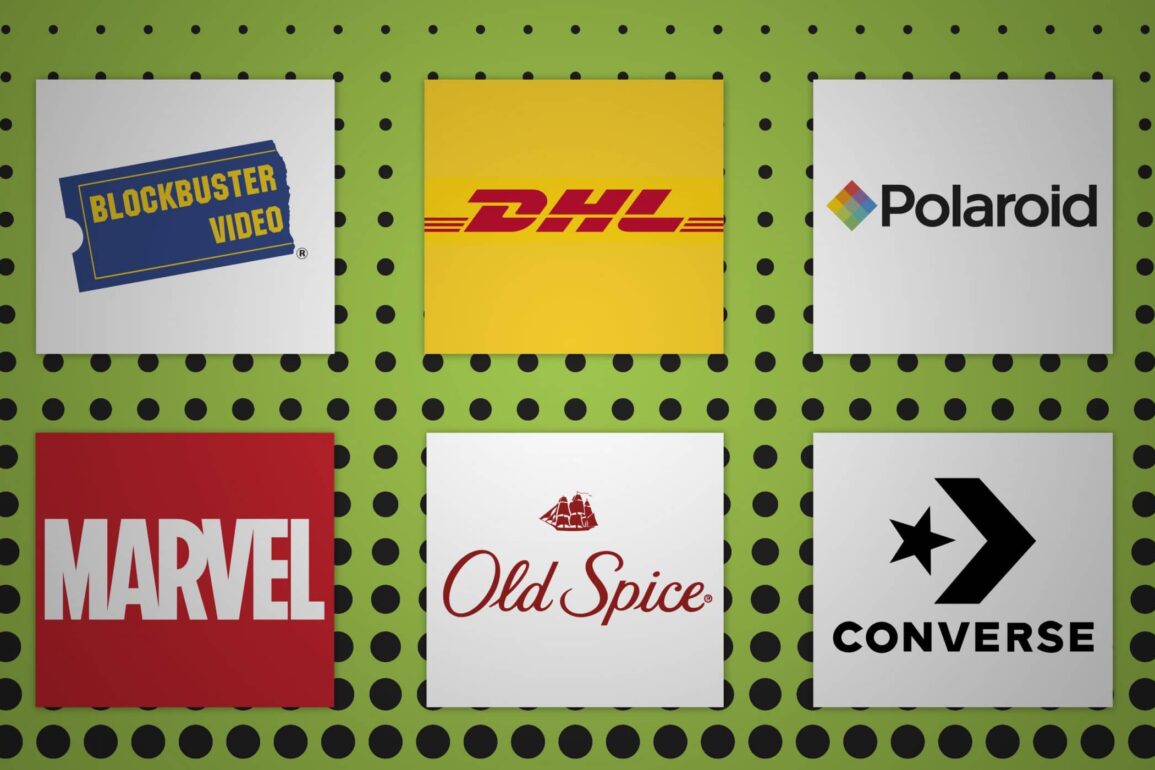
A brand is an incredible thing. It brings life to your company, helps you to cultivate loyalty with a strong personality, and makes it easier for your customers to recognise you too!
Unfortunately, just like a solid marketing plan, a brand is a long-term investment in the success of your business. Without regular care and attention, a brand can quickly begin to lose its value, becoming outdated, disengaging, and just plain boring. Eventually, if you don’t spend enough time investing in the presence and identity of your company, you’ll end up in the company of dormant brands.
Dormant consumer brands are those old, forgotten names that we think back on fondly, but no longer see on the supermarket shelves.
No matter how incredible your USP is, it’s important to remember that any brand can become dormant if they find themselves in a specific set of circumstances. Just think back to Angel Delight (recently resurrected) and Blockbuster, for instance.
While brands have formed an essential part of our lives, an overwhelming lack of loyalty in today’s marketplace has made it more difficult than ever for companies to stay ahead of the curve. In fact, 74% of customers wouldn’t care if the brands they used each day disappeared for good.
The question is, how do you avoid joining the zombie ranks of dormant brands, and what can you learn from old consumer brands that have managed to revive themselves just in time?
Grab your shovel, because we’re about to go digging into the details of dormant, and dying brands.
How dormant consumer brands go bust
Sometimes, even the best brands can lose their way.
One of the biggest problems that today’s companies face, is they don’t understand what a “brand” really is. Some people believe that their brand is simply a logo or product, but the truth is that your brand is so much more than one element of your company’s identity or output.
Your brand is your reputation, and the way your company makes customers feel. Dormant brands go bust, or disappear, because they no longer resonate with their target audience. For instance, old consumer brands might go out of fashion because new technology emerges that makes their USP redundant. On the other hand, the defunct brand names we forget about today could lose their way because they fail to understand their customer.
Here are just some of the reasons why brands become dormant:
1. They don’t (or won’t) change with the times
People change, and brands need to change with them. Although your values and vision should remain the same over the years, that doesn’t mean that you need to stubbornly hold onto the past in everything you do. Dormant consumer brands lose their way when they forget to make sure that their services and products still resonate with their consumer base.
Whenever possible, make sure that you can keep up with, or get ahead of the times. Don’t let your nostalgia or ego stop you from maintaining a strong customer base.
2. They lose their relationship with customers
It’s always been important to understand your customers in the business world. The more you know about what your clients want, the more you can work with your branding experts to create an identity that suits their needs, and tastes. Unfortunately, some companies get so caught up in worrying about sales and profits, that they forget to give their consumer the experience of a lifetime.
Sometimes, dormant consumer brands can lose their market share to competitors when they fail to remain up-to-date, surprise or continue giving their clients a first-class experience. Remember to show your audience how much you value them if you want them to stick around.
3. They’re not consistent
Finally, while some dormant brands become outdated because they’re not willing to evolve with the era, others go too far in the other direction and start to produce countless products and services that don’t mesh with their identity.
Ultimately, while you need to make some changes and expand your horizons from time-to-time, it’s also important to make sure that you stay consistent. Use your brand manifesto to check that everything you do links back to your brand purpose, and you’ll be less likely to follow in the footsteps of countless defunct brand names.
Defunct brand names for sale: Companies that ceased to exist
Dormant brands are an insight into just how important it can be to make sure that you plan the perfect business identity.
While some companies die because the business goes bankrupt, dormant brands lose their potential because they simply go out of fashion, or lose their popularity. Think back to some of the names you might have known in your childhood, like Timotie shampoo, Angel Delight, and Space Dust, and you’ll know what we’re talking about.
There are likely countless defunct brand names for sale if you’re willing to search for a branding opportunity, but here are just a few to get you started.
1. Angel Delight
A childhood favourite, and nostalgic memory for many in the UK, Angel Delight is something that we’ve all had a packet or two of in the past. However, the days of mixing up your own pot of Angel Delight look to be a thing of the past. After the product started to lose interest from its fans, Birds dropped the range, and it took a new owner to bring the brand back to life. Today, the team behind Angel Delight (Premier Foods) are rebranding the product as a pre-made, ready-to-eat mousse, like the product available in 1967.
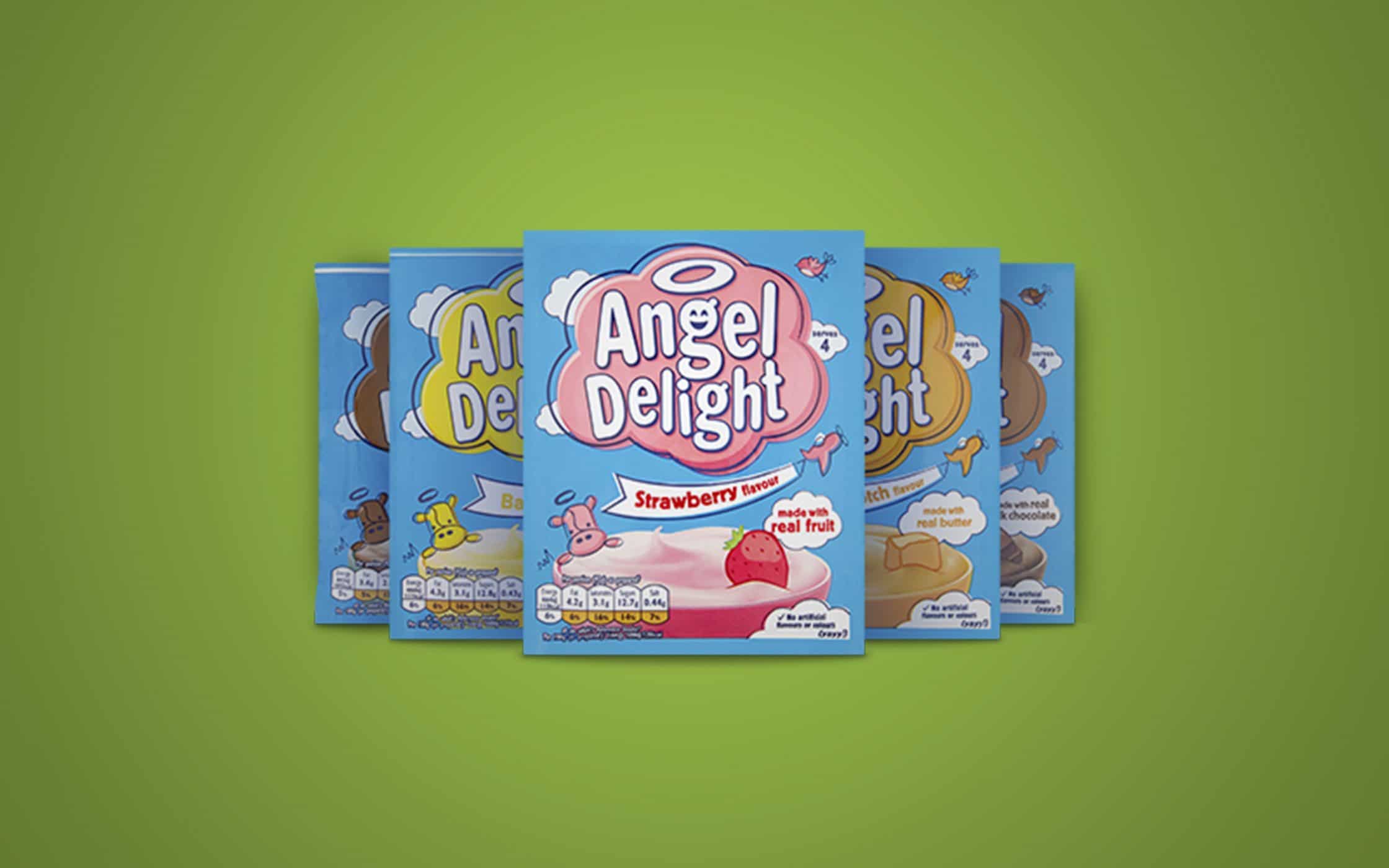
2. Space Dust
A delicious novelty candy from the 70s, Space Dust was made in 1976, and designed by the same people who made “Pop Rocks”. Although the sweet treat was a success with children, parents complained that the appearance and name of the candy made it seem too similar to the drug “Angel Dust”. The company changed the name to “Cosmic Candy”, but the poor PR surrounding the brand made it difficult for the product to launch successfully. It just goes to show how important a brand name can be.
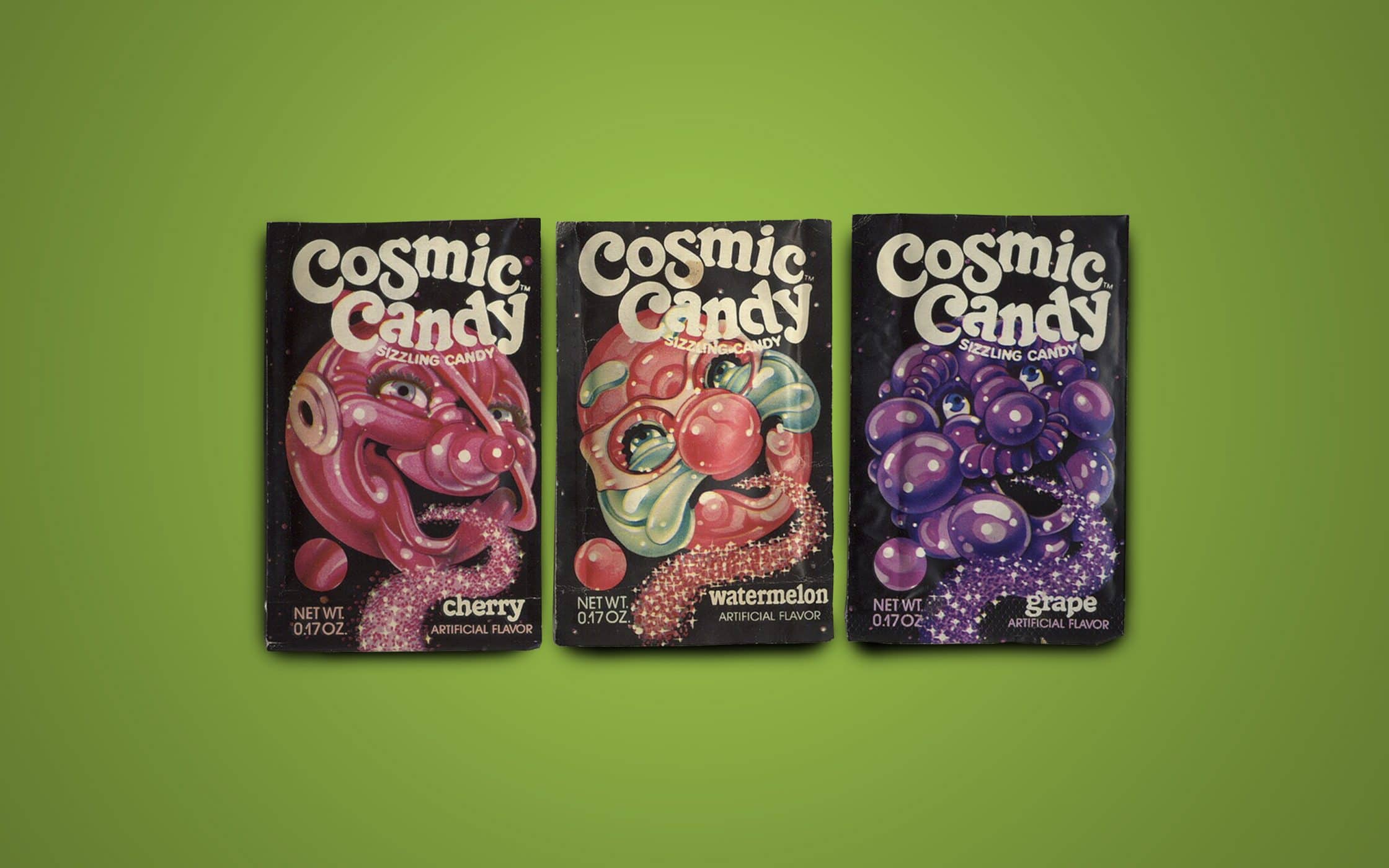
3. Blockbuster
Blockbuster was founded in 1985, and it soon became a standard part of many family afternoons. Unfortunately, in 2010, the company filed for bankruptcy and emerged as one of the most well-known dormant brands in the world. Still $1 billion in debt, Blockbuster has attempted to launch an online version of their service. However, unlike many old consumer brands that benefit from the nostalgia vibe, Blockbuster still hasn’t achieved anything close to the success of similar sites like Netflix and Hulu.
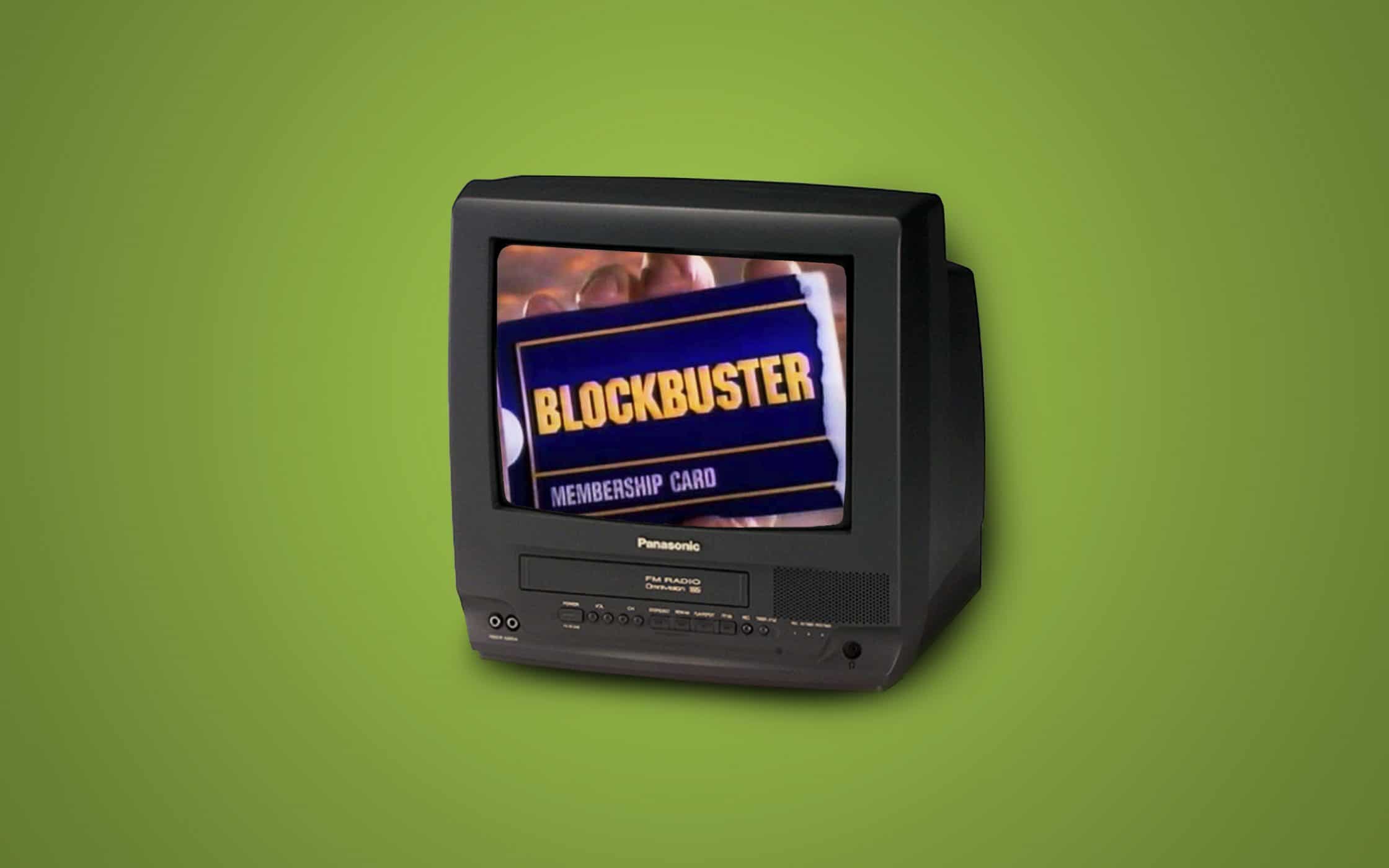
4. Polaroid
Surely everyone remembers polaroid. Back in the days, long before a phone could also be a camera, Polaroid was a pioneer in the photography world. With a Polaroid, customers could get instant print-outs of their pictures, perfect for sharing with friends and family. Unfortunately, when the organisation wasn’t quick enough to embrace the digital world, it fell into serious debt and filed for bankruptcy in 2001.
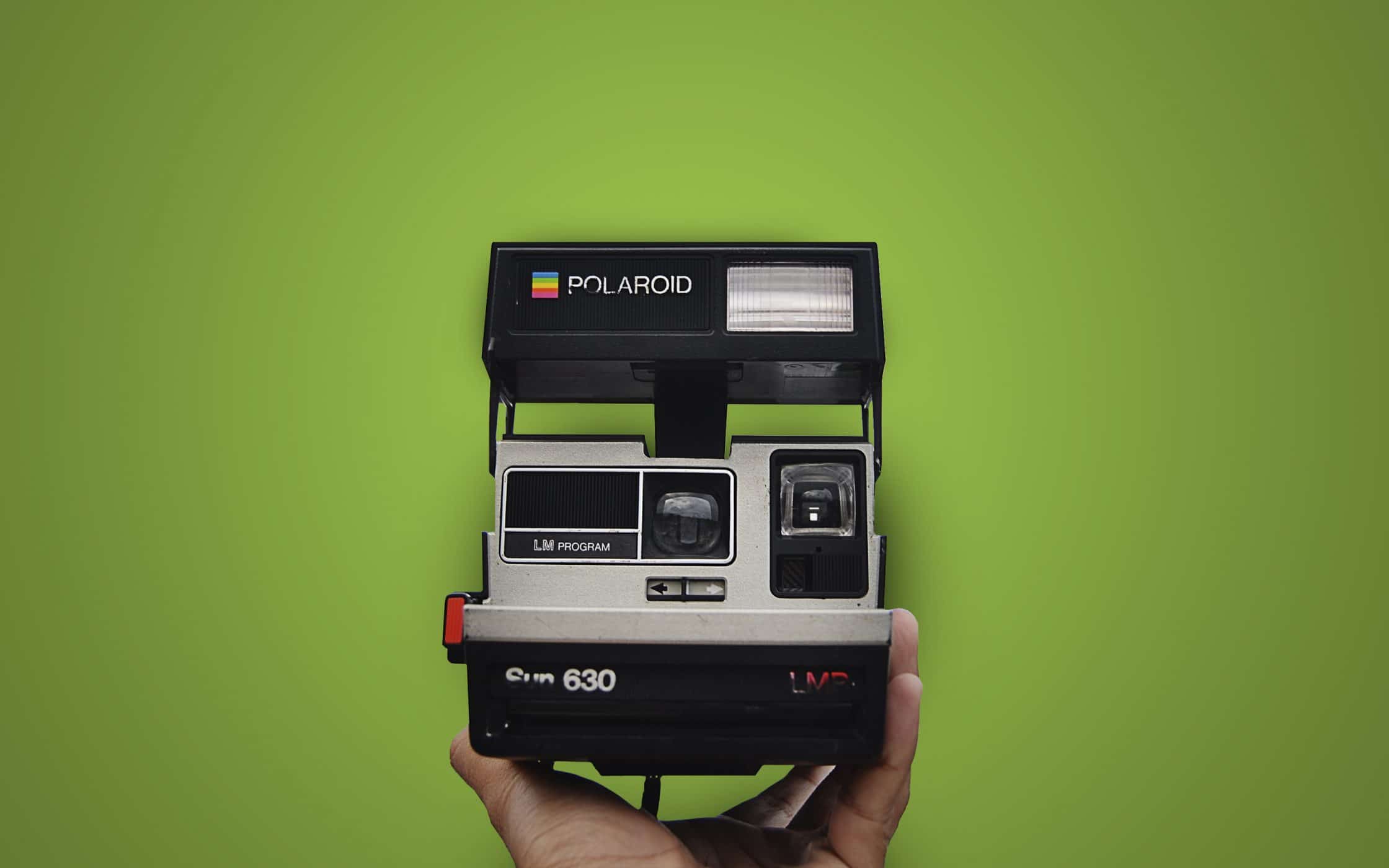
Like many dormant consumer brands, Polaroid is still looking for a way to cling to life. For instance, they had Lady Gaga design a line of specialist cameras, and created their own Instagram-like app too!
5. Borders
Back when people used to prefer the printed word to pixels on a screen, Borders was a famous company, known for selling books and literature-related merchandise. Unfortunately, unlike other old brand names like Barnes & Noble, Borders was unable to transition seamlessly into the digital world, and in 2011, they closed all their stores and sold off their customer loyalty list.

Today, as dormant brands go, Borders is one of the most forgotten. However, if you do happen to go to the Borders website, you’ll be automatically re-directed to Barnes & Noble.
6. DHL
Finally, founded in 1969, DHL is one of the dormant brands in this list that has managed to continue operating in certain parts of the world – even if its original marketplace is gone. DHL closed their domestic ground and air business in 2008 when they couldn’t compete with brands like UPS and FedEx.
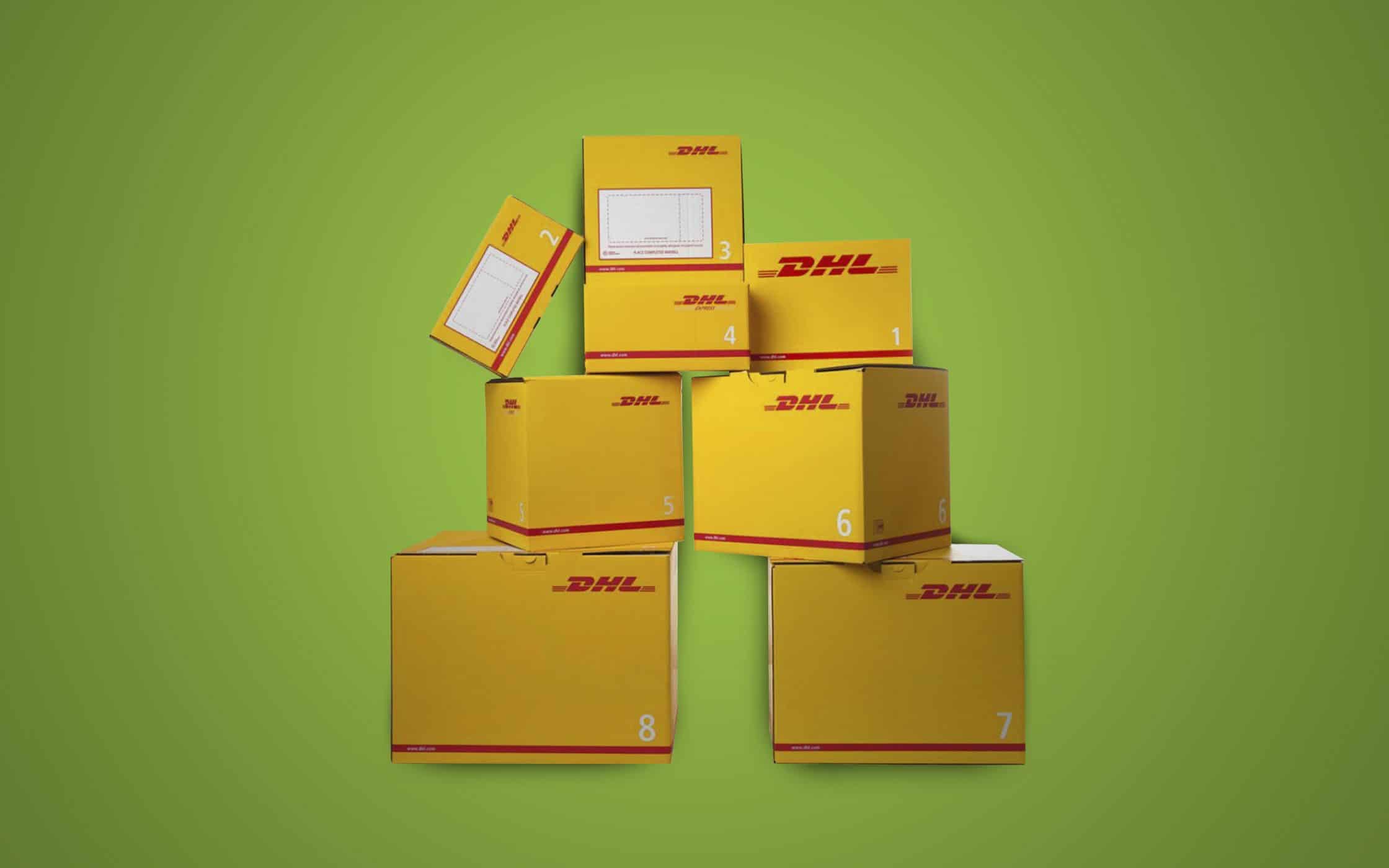
Though DHL laid off 15,000 employees in 2008, it’s still one of the best known brand names in transportation and postal services. Customers can still see DHL today, but only in some international locations.
Learning from old brand names: How to come back from the brink
In a world where around half of new businesses fail in the first five years, it’s important to have a strategy in place that determines what you’ll do if you end up in the same position as many dormant brands.
Most companies don’t just fail overnight. In fact, you can often pinpoint the signs of a floundering venture long before the bankruptcy guys come calling. Everything from a poor cash flow, to a lack of innovation, could be holding your company back.
The good news is that dormant consumer brands don’t have to become dead companies. Some of the old brand names that struggled to maintain their relevance in recent years have even found a way to turn their luck around and start trading from a whole new perspective. If you’re worried that you might be on your way to join the dormant brands of the past, the following advice could help you to come back from the edge.
1. Know when to change direction
When you first started your company, you should have had a strategy in mind that helped to define the kind of customer you wanted to engage, and the kind of business you hoped to become. Unfortunately, the unpredictable nature of many industries can mean that some brands need to adapt and transform their business model if they want to stay competitive, and not join the ranks of dormant brands.
Pivoting your business model might mean looking for an audience that’s more suited to your current brand, or selling an entirely different product to keep your current customers happy. For instance, Wrigley’s Gum decided to pivot their company because of changing consumer demand. Wrigley’s started out selling soap and offered free sticks of gum with each purchase.

Eventually, Mr. Wrigley decided that it would be more lucrative to sell chewing gum after he saw how much his customers enjoyed the giveaways. In 1892, the Wrigley business officially became all about chewing.
2. Develop your marketing plan
Sometimes, all you need to do to avoid the mistakes of dormant brands is adjust your marketing strategy. As today’s consumers grow increasingly sick and tired of the same old outbound sales methods, it might be time to think about whether you’re making the most of social media, podcasts, and visual content.
Many old consumer brands lost a significant amount of their selling potential because they didn’t know how to connect with their audience anymore. If what you’re doing now isn’t working, a fresh marketing plan could be the key to saving your company from disaster.
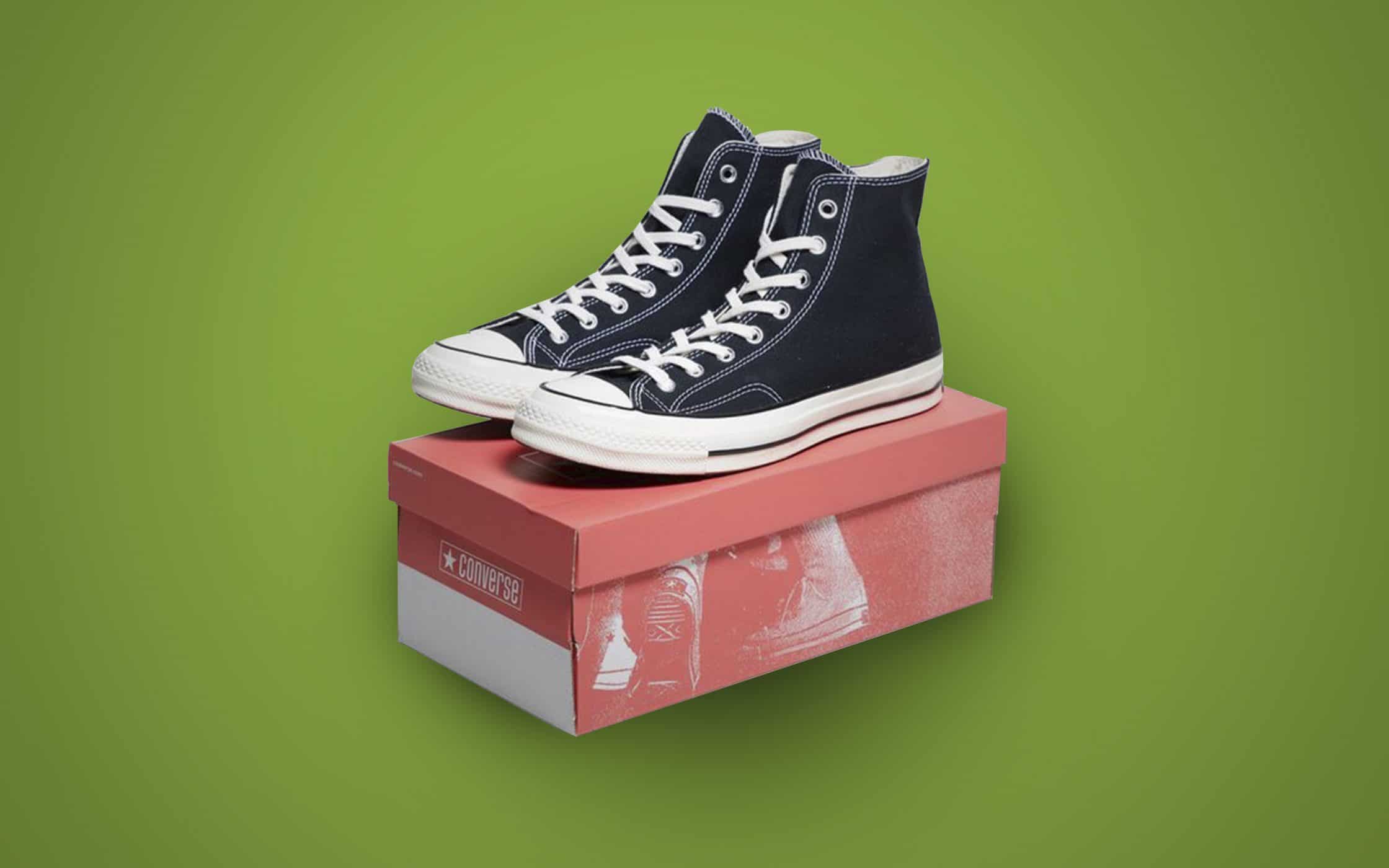
For instance, Chuck Taylor High-top Sneakers lost their appeal after a couple of decades when the allure of an old-fashioned basketball star began to wear off. By the 1990s, Converse had become one of the many dormant consumer brands in the fashion world. However, when Nike took over in 2003, they revived the company with a new marketing strategy, complete with influencer campaigns and “cool” modern celebrities.
3. Rebrand your company
Paying for an expensive rebrand isn’t always the first thing that a company wants to do when their sales begin to plummet. Unfortunately, if your products and identity weren’t properly positioned in the first place, then you’re going to need an overhaul to solve that problem. Dormant bands and old consumer brands often need to decide between refreshing their image and rebranding themselves entirely.
One example of a company who did rebranding right, and avoided becoming one of the many defunct brand names for sale, is Old Spice. Before 2003, the market for men’s deodorant was a lot less competitive than it is today. When Lynx began to position itself as the ultimate male smell, Old Spice needed to reinvent themselves.
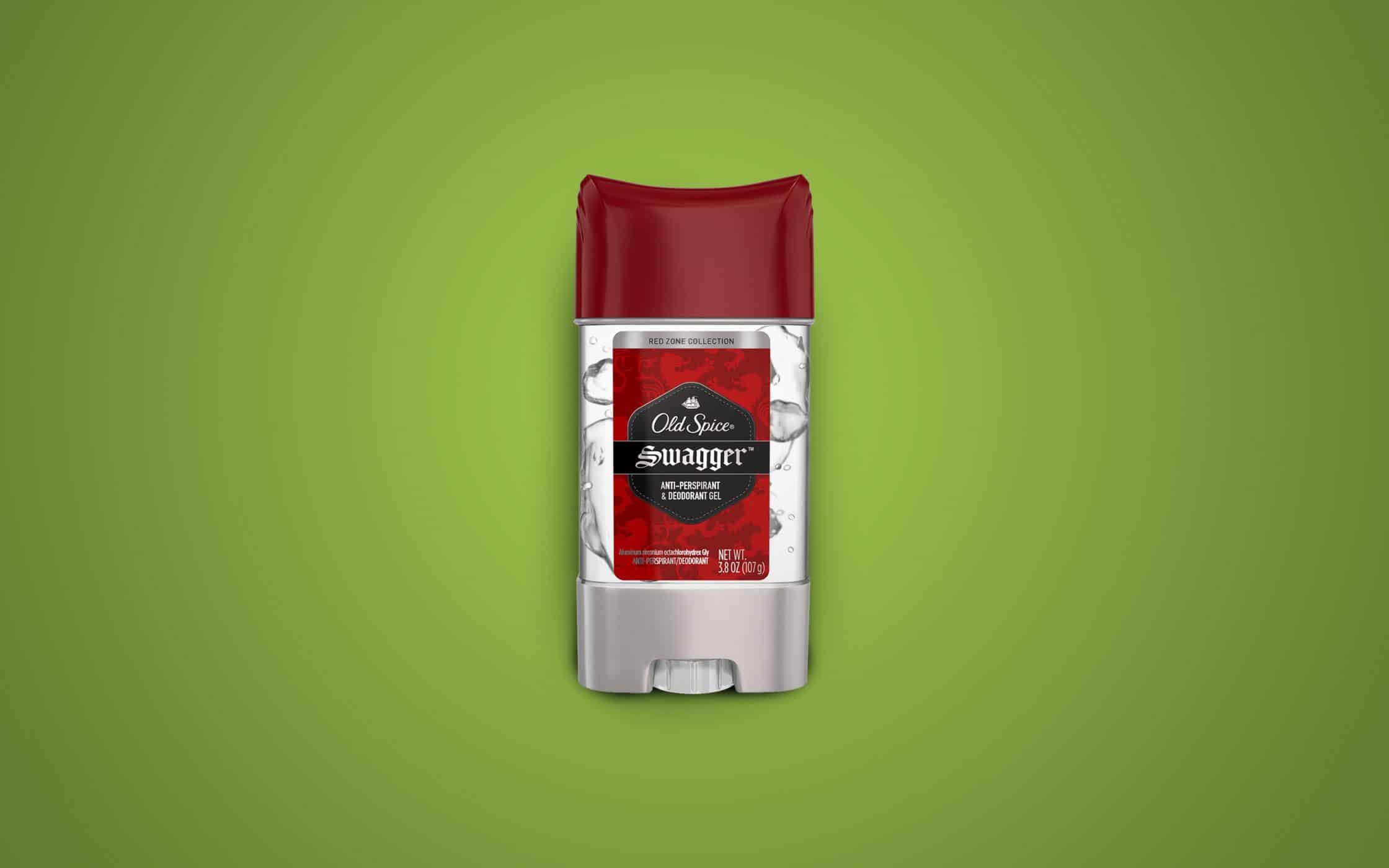
By the time 2008 emerged, Old Spice transformed their image from an old-fashioned smell to a solution for people of all ages. According to Ad week, the brand’s new marketing strategy and image allowed them to quadruple their sales, all while selling the same product.
4. Go back to basics
Sometimes, dormant brands struggle because they lose track of their vision throughout the years. There are probably a handful of old consumer brands you can remember today that seemed to lose their marbles somewhere towards the end, selling strange products just to bring in sales.
Instead of taking risks randomly, one good way to revive the love for your brand could be to remind your customers what they appreciated about you to begin with.
In the 1990s, Lego attempted to reinvent itself with complex new set lines and specialty blocks. It was a great idea in theory and an obvious insight into the company’s decision to evolve with the times. Unfortunately, the new products weren’t a hit with the kids, and Lego began to lose hundreds of millions of dollars in profits.
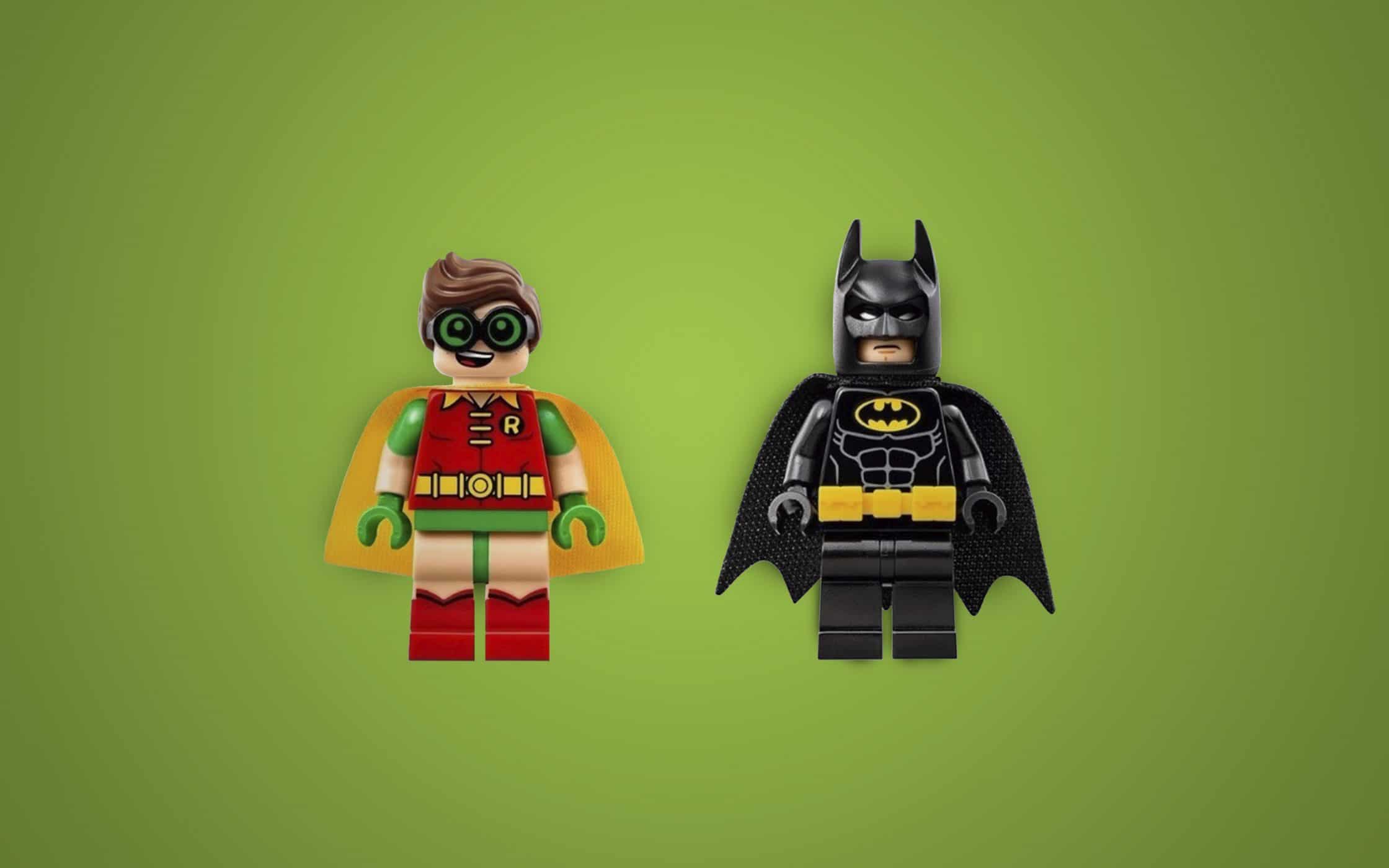
By going back to basics and embracing the nostalgia bug, Lego was able to successfully promote their original line of products, and expand into a larger world too, with movies, video games, and more. Now, Lego is more successful than ever.
5. Try something new
Finally, a lot of companies assume that if they want to avoid the fates of dormant brands, they need to stick to whatever works when their business begins to lose traction. After all, it’s tempting to hold onto the things you consider to be safe when things aren’t exactly going right for your organisation.
However, when you really think about it, a dying brand doesn’t have that much to lose. With that in mind, some old brand names have been able to revive themselves simply by thinking outside of the box and trying something new.
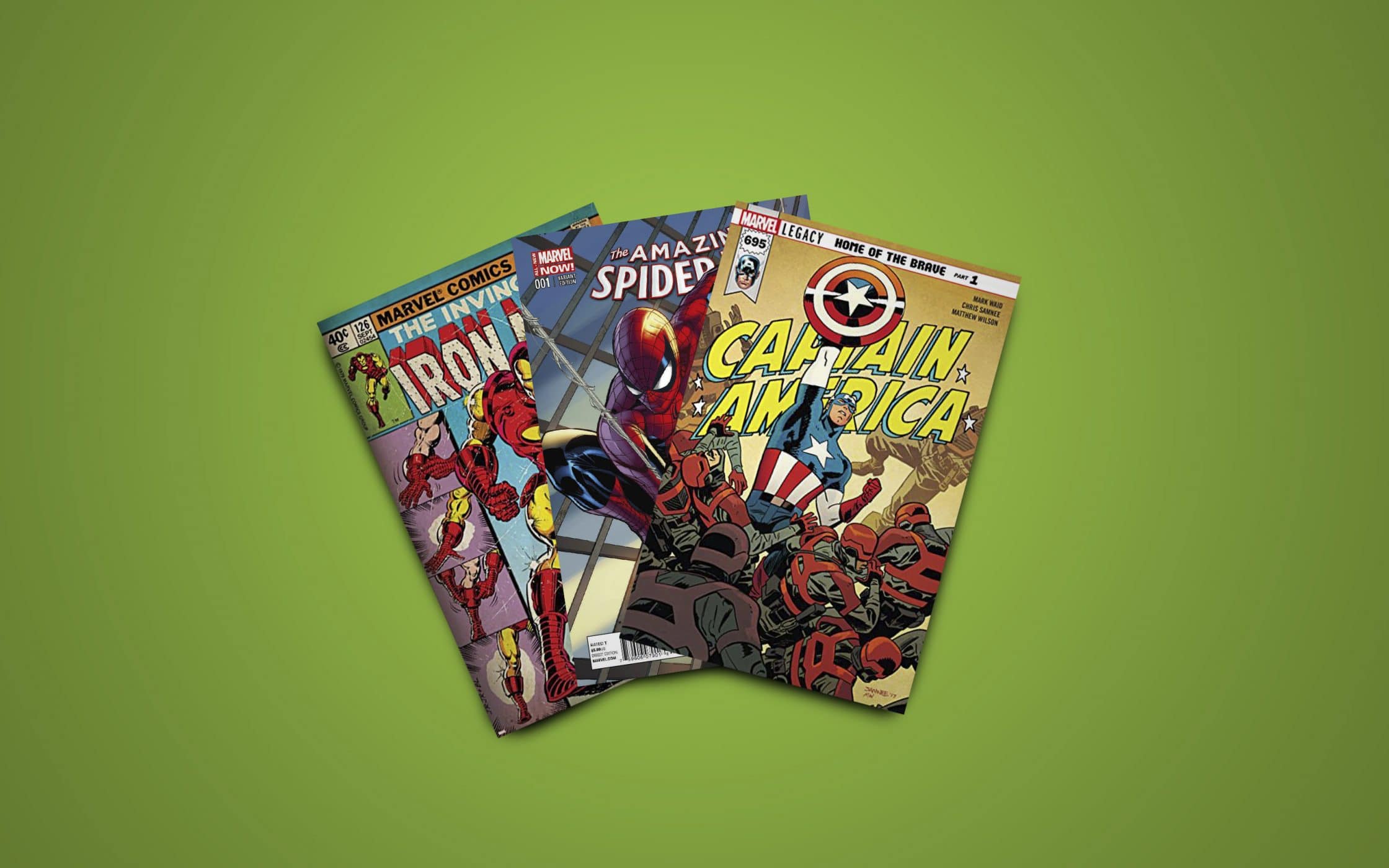
As one of the most popular company names in the world today, it’s hard to believe that comic giant “Marvel” was ever in a place where it risked becoming one of the defunct brand names for sale. However, in 1996, Marvel filed for bankruptcy, unable to stay on track with a range of customers who were starting to look for entertainment beyond comic books and graphic novels.
Eventually, Marvel decided to reevaluate their vision, and they discovered that the biggest selling factor for their brand wasn’t the comic books themselves, but the characters within those stories. As a result, Marvel Studios was born, and a bunch of hero movies began to emerge in cinemas, from the Avengers to Captain America, Thor, and the Incredible Hulk. Now, Marvel has some of the most successful films in history!
Is your brand dying? Lessons from defunct brand names
The idea of building a brand-new company and brand from scratch can be an exciting one. After all, there’s a lot to do, from finding your identity, to deciding how you’re going to share your message with the world. However, as exhilarating as brand building can be, if you’ve heard the statistics, you also know that many small companies and startups are destined for failure.
While it’s important to stay positive when you start your company, it’s also worth looking back over the dormant brands that have lost their way over the years to discover some of the things you can do to reduce your risk of a collapsing company. Remember, just because your brand loses its momentum or struggles to make the same sales as it did a couple of years ago, doesn’t mean that your dream is over.
The world is full of stories of leaders who managed to re-take the reigns of a struggling company and guide them back onto the right tracks to success. Considering old consumer brands and defunct brand names for sale can not only give you an insight into how the world has changed over the years, but also provide you with the inspiration you need to boost your company performance too.
Although there are plenty of lessons to learn from dormant consumer brands, here are the three that we think you should take with you today.
1. Always be open to change
The older your brand gets, the easier it is for your company to become stuck in its ways. This can mean that you end up losing out on customers who are searching for a business that moves with the times. While staying relevant doesn’t have to mean giving up on your heritage or traditional values, it may mean that your company needs to make a few changes over the years. A new brand voice, refreshed packaging and a revived logo and visual identity could be all it takes to stop a semi-dormant brand from dying off completely.
2. Differentiation is crucial
Many old brand names lost their selling power simply because they were no longer distinguished in their marketplace. As more competitors enter the sector and poach your consumers, you need to find a way to stay ahead of the curve. Differentiate yourself with excellent customer service, an innovative identity, or a new target audience. Just make sure you don’t rest on your laurels.
3. Never lose track of your brand
Finally, there’s a difference between a failing company, and dormant brands. While a business might fail due to lack of money or investment, a brand often fails because a company hasn’t made the right changes, or delivered the right experience over time. No matter what you do in your industry, keep your brand manifesto in mind and make sure that you’re always checking back on your purpose and vision to decide where you should be in the next three to five years.
Old consumer brands: There’s still time to evolve
Ultimately, whether you’re a heritage brand looking to re-ignite loyalty in your customers or a relatively new company that’s lost its way, it’s important to remember that there are always opportunities out there for dormant brands and products.
Even the defunct brand names you can find for sale can eventually come back into the public eye with the right plan and leadership. The key to success is making sure that you have a strategy in hand that you can use to attract and engage your customers as the market continues to change.
Building a business is an experience that’s full of challenges, mistakes, and times of hardship. However, a brand that’s “down” doesn’t have to be one that’s “out”. A plan for evolution, a strong identity, and the guidance of a great brand consultancy can ensure that dormant companies don’t become dead brands.
If you enjoyed this article, you might enjoy these too:
— Neuroscience marketing and mind control
— Are your pictures worth a thousand words?











